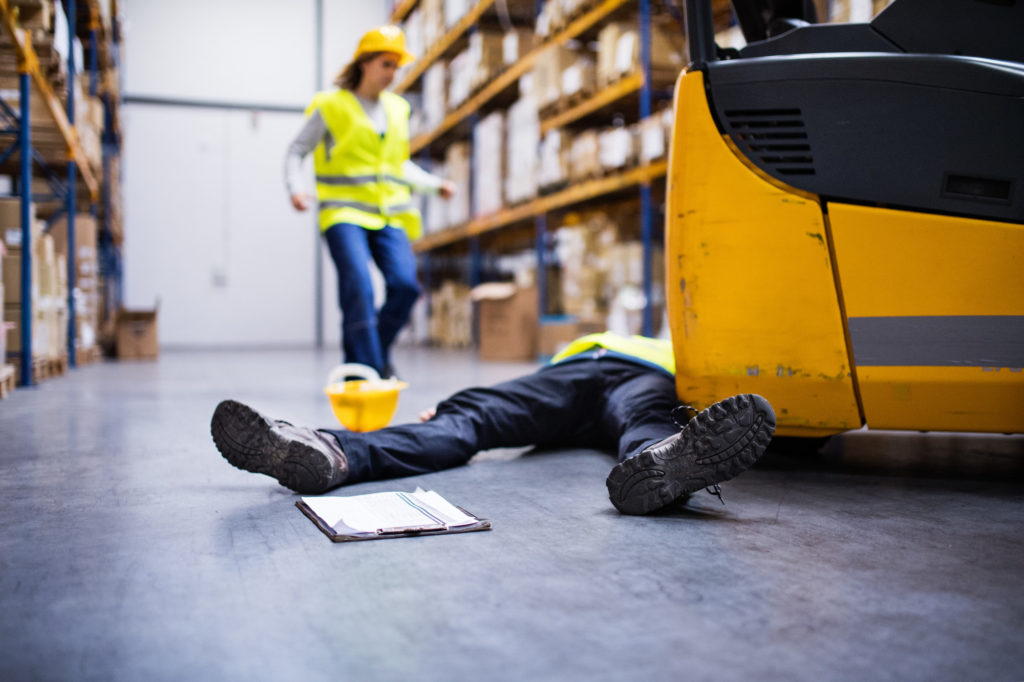
Warehouses can be hazardous places to work in. It is important to understand common warehouse dangers and hazards because they can cause mishaps like injuries and in extreme cases, death. Warehouses in the US incur about $500,000 in losses every eleven days due to unpredicted risks. Around the world, major issues such as employee theft and product damage cost retailers and wholesalers billions of dollars every year. That’s why risk management is necessary because it lessens the likelihood of accidents and reduces the severity when they do take place.
Cost of accidents in the warehouse
Accidents are not only costly in term money but also terms of employee health and morale. Warehouse employees are exposed to several potentially dangerous activities that threaten their safety daily. The Occupational Safety, sarung tangan latex and Health Administration (OSHA) estimate that the number of forklift-related accidents alone came out to be nearly 100,000 per year. The cost of accidents can be enormous for businesses.
According to the NSC, Pusat Safety or National Safety Council, a worker injury costs businesses an average of $38,000 indirect costs, which includes things like medical bills and rehabilitation. The Council estimates that companies also pay around $150,000 per accident. These indirect costs cover everything from physical damage to equipment damage, loss of productive time due to lowered worker morale, and training costs for a replacement worker.
Warehouse Hazards and Safety Tips
1. Forklifts
Forklifts are dangerous pieces of equipment used in warehousing and storage facilities. Unsafe use of forklifts is the most often recorded hazard in warehousing operations by OSHA, DTU 13.3 & logiciel calcul soutènement eurocode. Ensure all forklift operators have completed certified training. Perform regular refresher training and daily pre-start forklift equipment inspections to check for any equipment damage.
2. Material Storage
Improper stacking and storage of materials on shelves can result in accidental slip and trip hazards for nearby workers. Keep aisles and passageways clear and place material evenly and properly, going from heavier loads on the lower to lighter on the top.

3. Employee safety
Employee safety is essential because working in a warehouse creates many potential safety hazards for employees. When something goes wrong, organizations will likely be responsible and financially liable. Follow these guidelines to confirm employee safety in your warehouse:
- Take advantage of machinery wherever possible, to avoid manual labour-related injuries. For example, forklifts should be used to lift a heavy object that can injure employees’ legs or backs.
- Train employees to use all job-related machinery and equipment safely and cautiously (see case study from Perdagangan Internasional).
- Stay aware and keep an eye for hazards that will cause slips, trips, and falls.
- Encourage employees to report any danger they identify or when they see a mishap or take place.
- Safety experts at Red Parker recommend companies to invest in employee safety shoes, headgears, helmets and uniform for safety from any injury.
- Regularly conduct risk assessments in your warehouse.
Summing Up
Don’t overlook risk management and workplace hazards because poor risk management exposes workers to serious hazards of mishaps and injury. Maintain a safe and healthy working environment by conducting regular safety inspections, implementing safety measures like boot safety, and providing your workers with proper training on risk management.